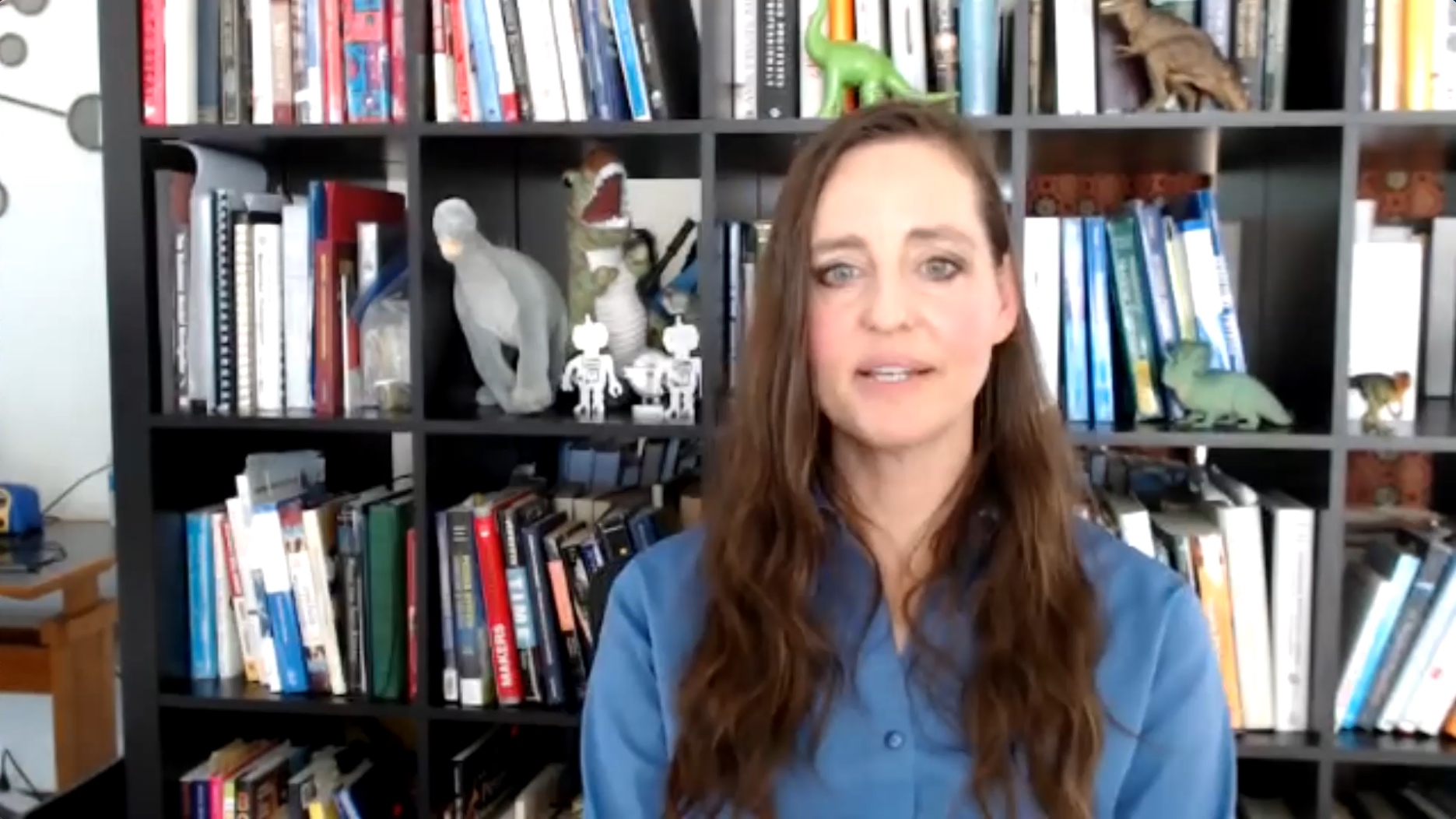How is the energy landscape changing for utilities and how will fusion fit?
This was the subject of our October Insights Q&A event. Our guest was Heather Jackson, MBA, an Energy Innovation Program Consultant at Arizona Public Service (APS), a medium-sized US power utility.

Here are a few insights from the event:
1. Utilities like APS need plants that can be brought online quickly
In Arizona they have a lot of rooftop solar (and sunshine!) so their net load has a big dip during the day. They haven't been buying new “baseload” power plants recently because during the day solar can provide for the demand, but they need plants that can be brought online quickly when the evening comes. The situation will vary for utilities in different regions, depending on their mix of energy sources. Some places will need more baseload capacity than others.
2. LCOE may not be the most important metric
Levelised Cost of Energy (LCOE) is not such an important metric anymore, at least not for Heather and her team in Arizona. They care about how much it costs for a MW of extra capacity when they really need it, when it won’t be operating much the rest of the time. For example, they are buying for the hottest days of the year when everyone is running their air-con and the demand cannot be met by solar.
A smaller unit with a faster build time is a selling point. The cost of capital provides an incentive to build things faster. APS’s most recent purchases have been solar plus storage installations, and before that, 100 MW natural gas turbines.
Heather Jackson: “Our most recent purchase of natural gas plants was for our 2014-2018 Ocotillo Modernization Project, where we replaced 60-year-old natural gas plants with newer more efficient 100 MW ones. From a cost and performance standpoint, I bring up natural gas combustion turbines and solar plus storage installations because they represent important benchmarks for clean energy companies seeking to cost compete in today’s market.”
3. Integrating a lot of offshore wind into an energy system is a challenge.
Much of the modelling efforts are showing you almost have to build two power systems to get it as clean as you can—one power system that can be on when renewables aren’t, and one that can be cheap and fuel free (renewables). Fusion energy is an option to keep you from having to build two separate power systems.
A full pdf summary of key insights, plus the Q&A event replay, is available to Game Changer members of Fusion Energy Insights. Join us now for full access to all the insights.
